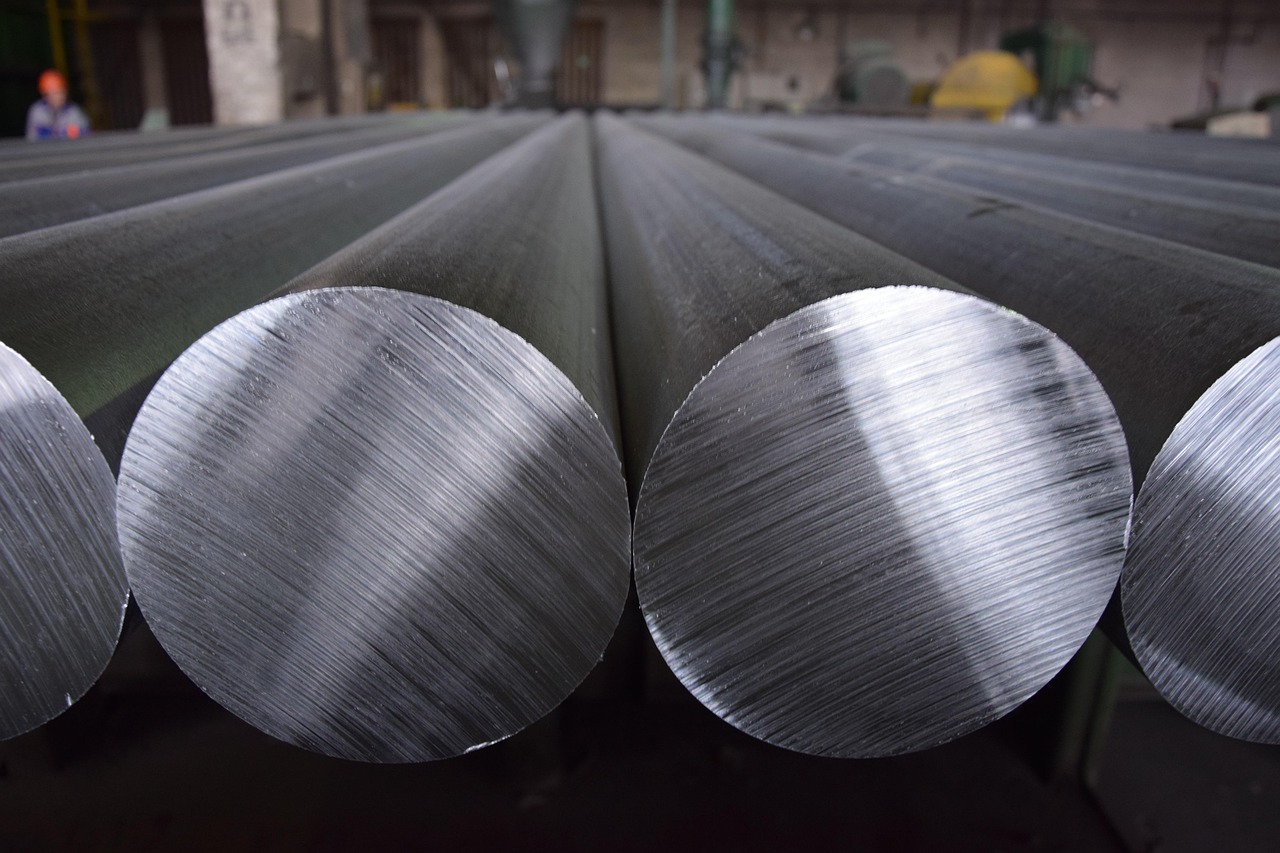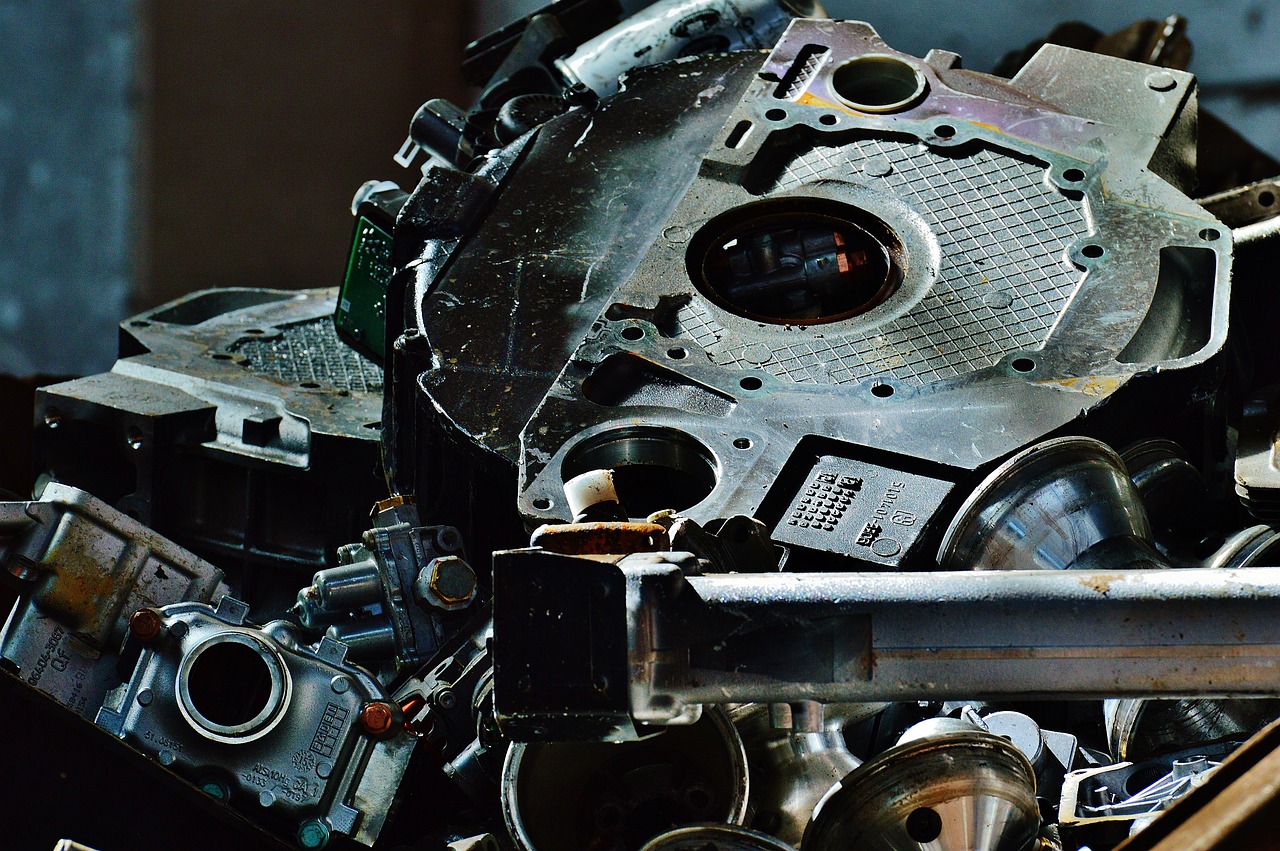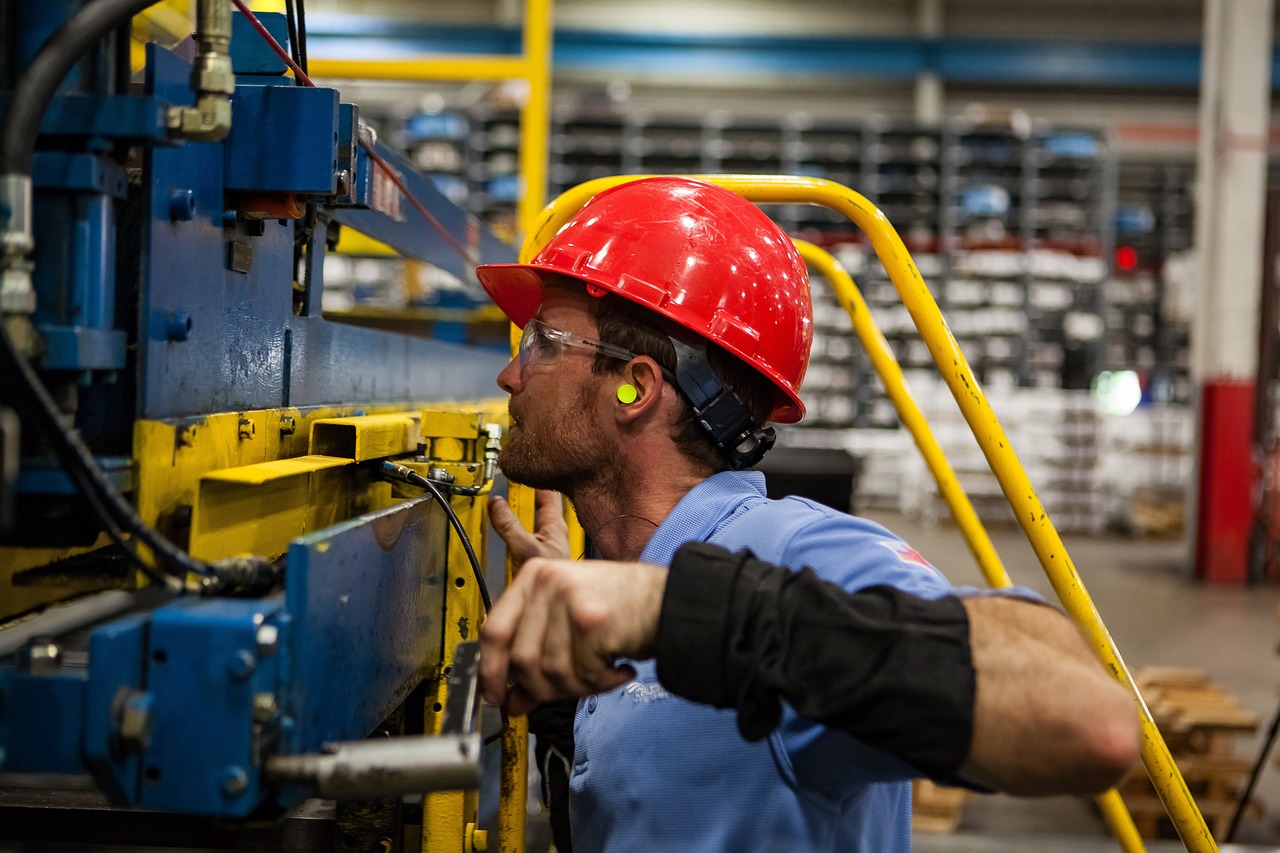Technology is Driving Greener Practices
Sustainability in manufacturing is transforming the way industries operate. Climate change, resource constraints, and environmental impact are immediate challenges demanding action. Manufacturers are under pressure to adopt greener practices, and technology is providing the tools to make it happen. Innovations like IoT and AI are offering solutions that enhance efficiency, minimize waste, and optimize operations. These advancements are reshaping manufacturing into a smarter, more sustainable system that benefits both the planet and businesses. Let’s explore how these innovations are driving meaningful change.
Why Sustainability Matters in Manufacturing
Manufacturing has been at the heart of economic growth for generations, fueling industrial progress and providing countless jobs. But let’s be honest—this progress has come at a cost. Energy-intensive machines, wasteful processes, and massive greenhouse gas emissions have been standard operating procedure for too long. That model is rapidly becoming obsolete.
The pressures are mounting. Climate change is front and center, and manufacturing is under scrutiny for its role in the problem. Governments are stepping in with stricter regulations—think emissions caps and renewable energy mandates—while consumers are increasingly voting with their wallets, choosing brands that reflect their values. It’s not just consumers, either. Investors are taking a hard look at ESG performance when deciding where to put their money, and employees want to work for companies that actually care about sustainability.
This isn’t just about compliance or looking good in a press release. The entire operating environment is changing, and manufacturers have to adapt. Traditional methods won’t cut it anymore. Leveraging technology is no longer a choice—it’s the path forward to create systems that are productive, efficient, and aligned with sustainability goals. The challenge is clear, but the tools to meet it are here.
The Role of Technology in Sustainable Manufacturing
Emerging technologies like IoT, digital twins, and AI are transforming green manufacturing. These advancements enhance efficiency, minimize waste, and significantly reduce emissions. They’re proving to be powerful allies for manufacturers, enabling operations that are both sustainable and profitable. The ability to integrate these technologies is reshaping how industries approach sustainability, offering practical solutions that deliver measurable results.
IoT: Monitoring and Reducing Resource Use
The Internet of Things (IoT) has redefined how manufacturers monitor and manage resources. Smart sensors in production facilities deliver real-time data on energy use, water consumption, emissions, and equipment performance, enabling swift action to address inefficiencies.
For example, an electronics manufacturer used IoT sensors to track energy use across factories, uncovering excessive consumption during peak hours. By rescheduling operations and upgrading outdated equipment, the company cut energy use by 20%, saving costs and reducing its carbon footprint.
Predictive maintenance is another powerful IoT application. Continuous monitoring detects early signs of wear, allowing teams to prevent breakdowns, reduce waste, and extend machinery lifespan. IoT is driving a smarter, more sustainable approach to manufacturing operations.
Digital Twins: Optimizing Processes Virtually
Digital twins give manufacturers a powerful way to optimize processes in a virtual environment before making changes on the factory floor. These virtual replicas of equipment, systems, or entire factories simulate real-world conditions, delivering actionable insights without the cost or waste of physical experimentation.
For example, a packaging company looking to adopt a more sustainable material can use a digital twin to simulate how the material behaves during production. This approach helps identify potential issues and refine processes without wasting resources on trial-and-error methods in the physical world.
An automotive manufacturer has taken digital twins even further by replicating entire assembly lines. This allowed them to fine-tune workflows, cut material waste, and boost energy efficiency, achieving a 15% reduction in resource use while also speeding up the launch of new models. Digital twins are transforming manufacturing by enabling smarter, more sustainable decision-making with measurable results.
AI: Smarter Decisions for a Greener Future
Artificial intelligence (AI) is essential for turning the massive data generated by IoT sensors and other sources into actionable insights. AI systems identify patterns, predict outcomes, and recommend steps that drive more sustainable and efficient operations.
For instance, a global food processing company leveraged AI to optimize its energy-intensive refrigeration systems. By analyzing factors such as external temperature, production schedules, and energy costs, the AI made real-time adjustments, reducing energy consumption by 30% while maintaining food safety standards.
AI is also revolutionizing supply chains by improving demand forecasting. With better predictions, manufacturers can align production more closely with actual needs, reducing overproduction and minimizing waste. In industries like apparel, where unsold inventory often ends up discarded, this approach can significantly cut waste and boost profitability. AI is enabling smarter, leaner, and more sustainable manufacturing practices.
Renewable Energy Integration in Sustainable Manufacturing
Sustainability in manufacturing goes beyond improving efficiency—it also requires reducing reliance on fossil fuels. Renewable energy sources like solar, wind, and hydropower are becoming essential components of cleaner, more sustainable manufacturing operations. By integrating these energy solutions, manufacturers are not only cutting emissions but also building resilience against fluctuating energy costs and regulations.
Solar and Wind Power for Factories
Many manufacturers are investing in on-site renewable energy installations. Solar panels on factory roofs and wind turbines in industrial zones are helping companies generate clean energy to power their operations. For example, a global electronics firm installed solar panels across its facilities, generating over 40% of its energy needs on-site and significantly cutting its reliance on non-renewable power grids.
Energy Storage Solutions
Energy storage technologies, such as large-scale batteries, allow manufacturers to store renewable energy for use during peak production hours or when natural conditions (e.g., sunlight, wind) are insufficient. This ensures operations remain sustainable and uninterrupted.
Partnerships with Renewable Energy Providers
Manufacturers are also collaborating with renewable energy suppliers to meet sustainability goals. Long-term contracts with wind or solar farms provide consistent access to green energy while supporting the broader transition to renewable energy infrastructure.
Circular Economy: Closing the Loop in Manufacturing
Sustainability in manufacturing includes addressing waste at its source. This is where the concept of the circular economy plays a key role. A circular economy emphasizes designing products and systems that prioritize reuse, recycling, and regeneration of materials. By keeping resources in circulation for as long as possible, manufacturers can create more sustainable processes that minimize environmental impact and maximize resource efficiency.
Designing for Recyclability
Manufacturers adopting a circular approach are rethinking product design to ensure components can be easily disassembled, repaired, or recycled. For example, a furniture manufacturer might design modular pieces that can be refurbished and resold rather than discarded.
Industrial Symbiosis
Circular manufacturing also emphasizes collaboration. Industrial symbiosis involves one company’s waste becoming another’s resource. For instance, a paper mill might provide waste heat to a nearby agricultural greenhouse, turning a byproduct into a valuable input.
The Role of Technology in Circular Systems
IoT and AI play a significant role in enabling circular systems. IoT devices can track products throughout their lifecycle, from production to end-of-life, providing data that informs recycling or reuse efforts. AI, meanwhile, can analyze materials for their potential to be repurposed, ensuring resources are maximized rather than wasted.
Expanding the Benefits of Green Manufacturing Technologies
Adopting green technologies goes beyond environmental impact—it delivers measurable benefits across multiple dimensions:
Environmental Benefits
The most immediate advantage is a reduction in environmental footprint. Technologies like IoT and AI help manufacturers use fewer resources, lower emissions, and reduce waste. These improvements contribute directly to global sustainability goals, including those outlined in the Paris Agreement.
Economic Gains
Sustainability isn’t just good for the planet—it’s good for business. By improving efficiency, green technologies lower operating costs. Predictive maintenance reduces expensive downtime, AI optimizes material usage, and IoT-driven energy management cuts utility bills. Over time, these savings significantly improve the bottom line.
Enhanced Brand Reputation
Consumers place significant value on sustainability, and companies that implement green practices often see stronger brand loyalty as a result. A clear commitment to environmental responsibility helps manufacturers stand out, building trust with customers, partners, and employees. Additionally, aligning with environmental standards can unlock access to new markets and streamline compliance with international regulations, creating opportunities for growth and long-term stability.
Real-World Success Stories
Real-world examples highlight the transformative power of green technologies:
- An Electronics Manufacturer: By installing IoT sensors across its production lines, this company identified inefficiencies and reduced energy consumption by 25%.
- A Packaging Company: Using digital twins, the company optimized its production processes, cutting material waste by 30% while maintaining product quality.
- A Food Processor: AI-powered logistics planning reduced fuel consumption in its supply chain, lowering emissions by 20%.
The Future of Green Manufacturing
Sustainable manufacturing is still in its early stages, with immense potential waiting to be unlocked. Innovations like carbon capture, advanced recycling technologies, and AI-powered circular economy models are poised to transform the industry. These technologies enable manufacturers to “close the loop,” repurposing waste into valuable resources and fostering a more sustainable economy.
Collaboration will play a crucial role in driving this transformation. Partnerships among manufacturers, technology providers, and governments will be essential to scale these solutions and drive innovation. By working together, these stakeholders can accelerate the shift to greener practices and build a more sustainable future for everyone.
Conclusion
Sustainability in manufacturing has moved from being a choice to an absolute requirement. Tools like IoT, digital twins, AI, and renewable energy solutions demonstrate that sustainable manufacturing is not only feasible but also profitable. These technologies reduce waste, optimize resource utilization, and lower emissions, equipping manufacturers to tackle current challenges while positioning themselves for future success.
Achieving sustainable manufacturing demands investment, innovation, and collaboration. For those willing to take the lead, the benefits are undeniable: contributing to a healthier planet, improving profitability, and securing a brighter future for the entire industry.





